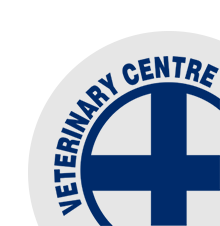Long Acting Dry Cow Therapies - What's in a name?
/Put simply all antibiotic intramammaries which are registered as Dry Cow therapies are long acting when compared to lactational intramammories.
The registered claims for these Dry Cow preparations stretch from 4 weeks to 10 weeks. Cepravin for example is registered for up to 10 weeks based on clinical trials measuring udder residues (which were conducted in the Northern Hemisphere (NH)). As dry periods in the NH do not tend to last longer than 10 weeks this trial finished measurements at 10 weeks. Udder residues at this point in the study still exceeded levels required to control Strep bacteria.
Five years ago our practice in conjunction with MSD looked at Cepravin residues in springer cows with 14 week dry periods and found the majority still had protective levels in the pre-colostrum secretions. This is why it is the only DC antibiotic in NZ that can show proof in reducing early season BMSCC. The downside of course is that it is also by far the most commonly detected inhibitory substance in the early season, thus Cepravin treated cows must adhere to withholding the first 8 milkings from supply.
In short, a successful dry off strategy should cover 3 aims:
- Cure existing infections
- Prevent new infections immediately post-dry off
- Stop the establishment of new infections close to calving (springer period).
As the average dry period in Otago/Canterbury is between 85 and 90 days, few products registered in NZ (e.g. Cepravin) will provide significant protection close to calving. There is little advantage in investing in products that provide protection for more than 4 weeks but less than 10 weeks if the dry period is going to be greater than 10 weeks. This is because very few new infections are picked up in the mid-part of the dry period (see image below). If protection close to calving is desired in cows with longer dry periods we recommend Teatsealants.






